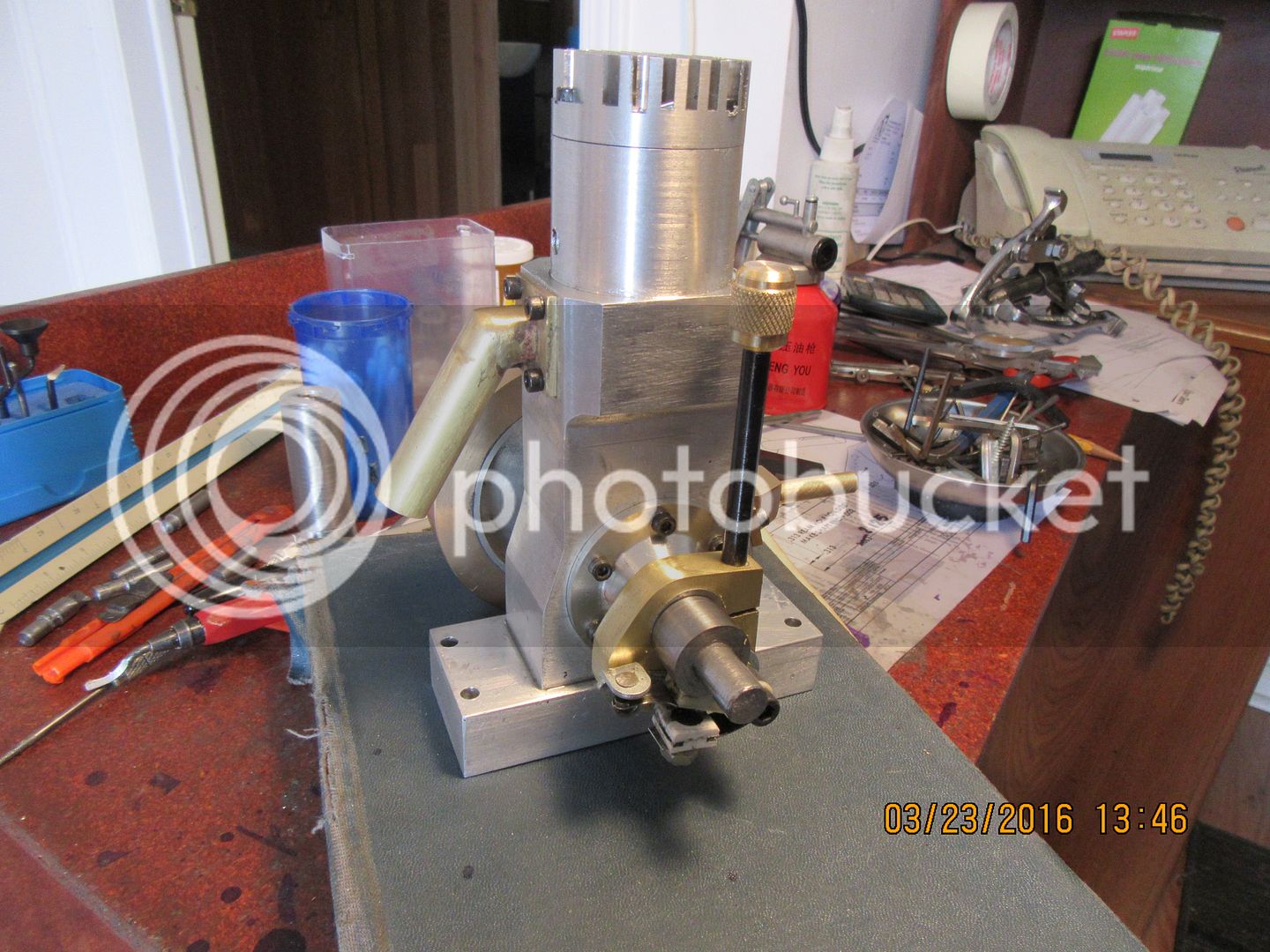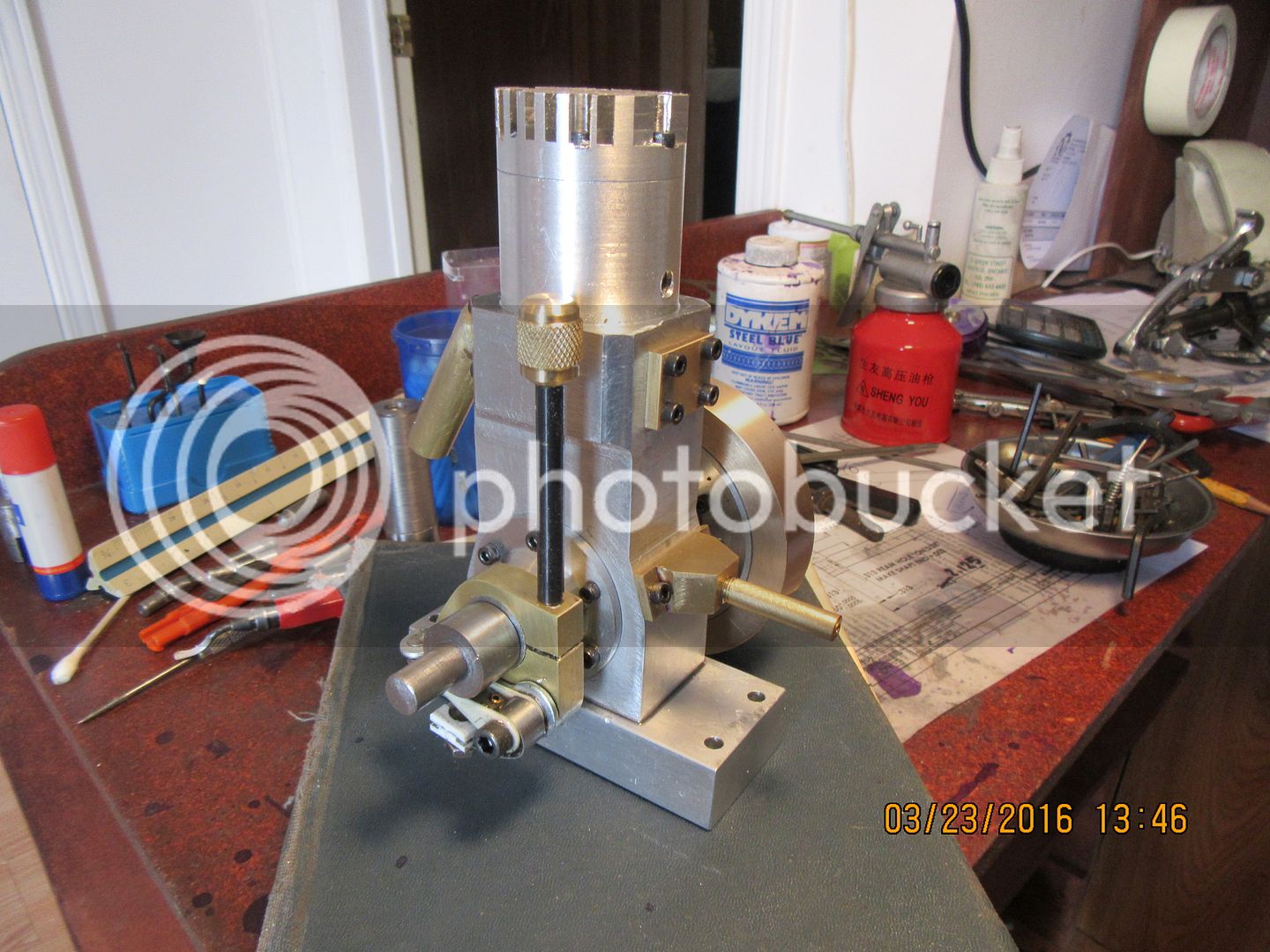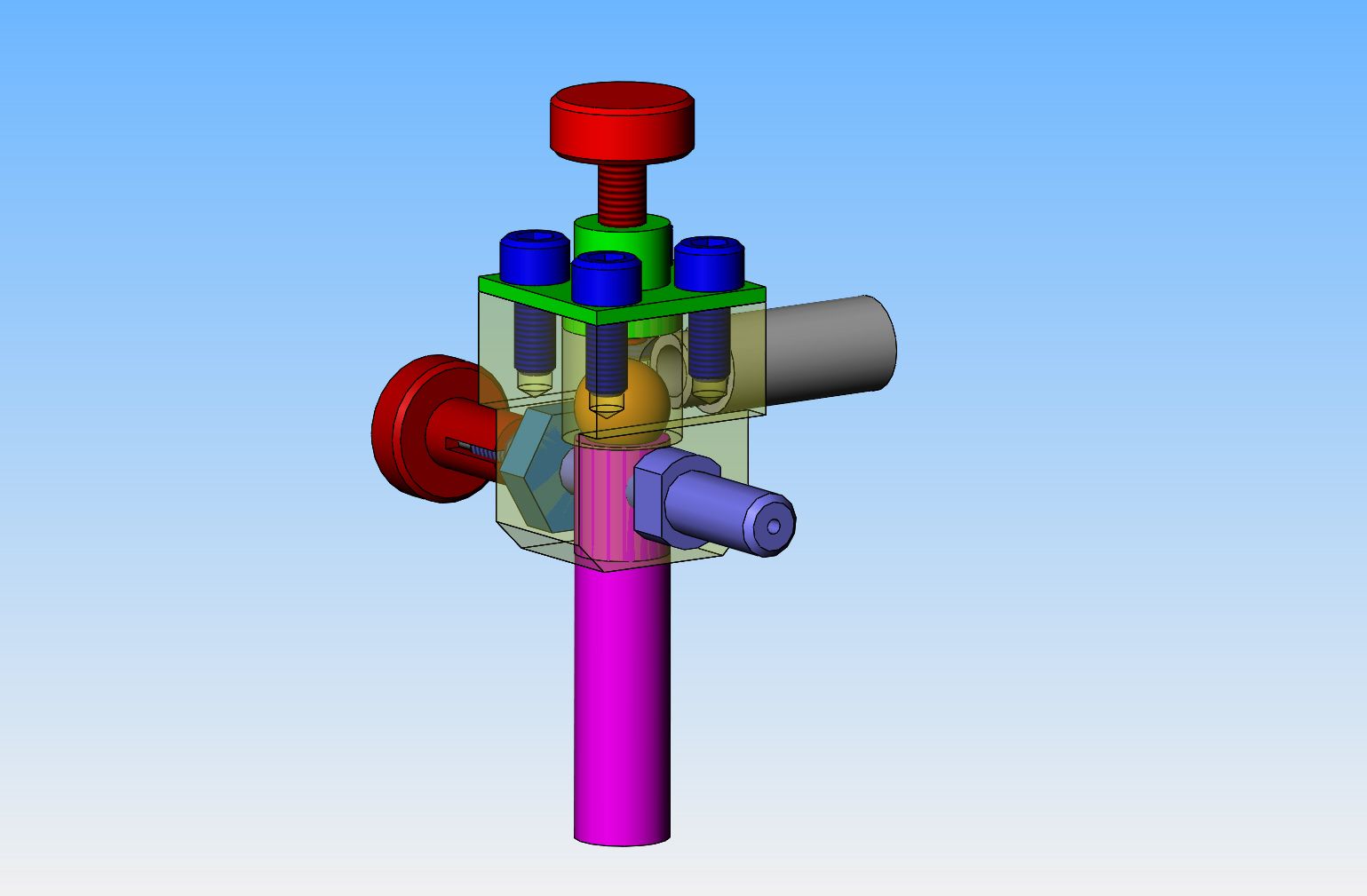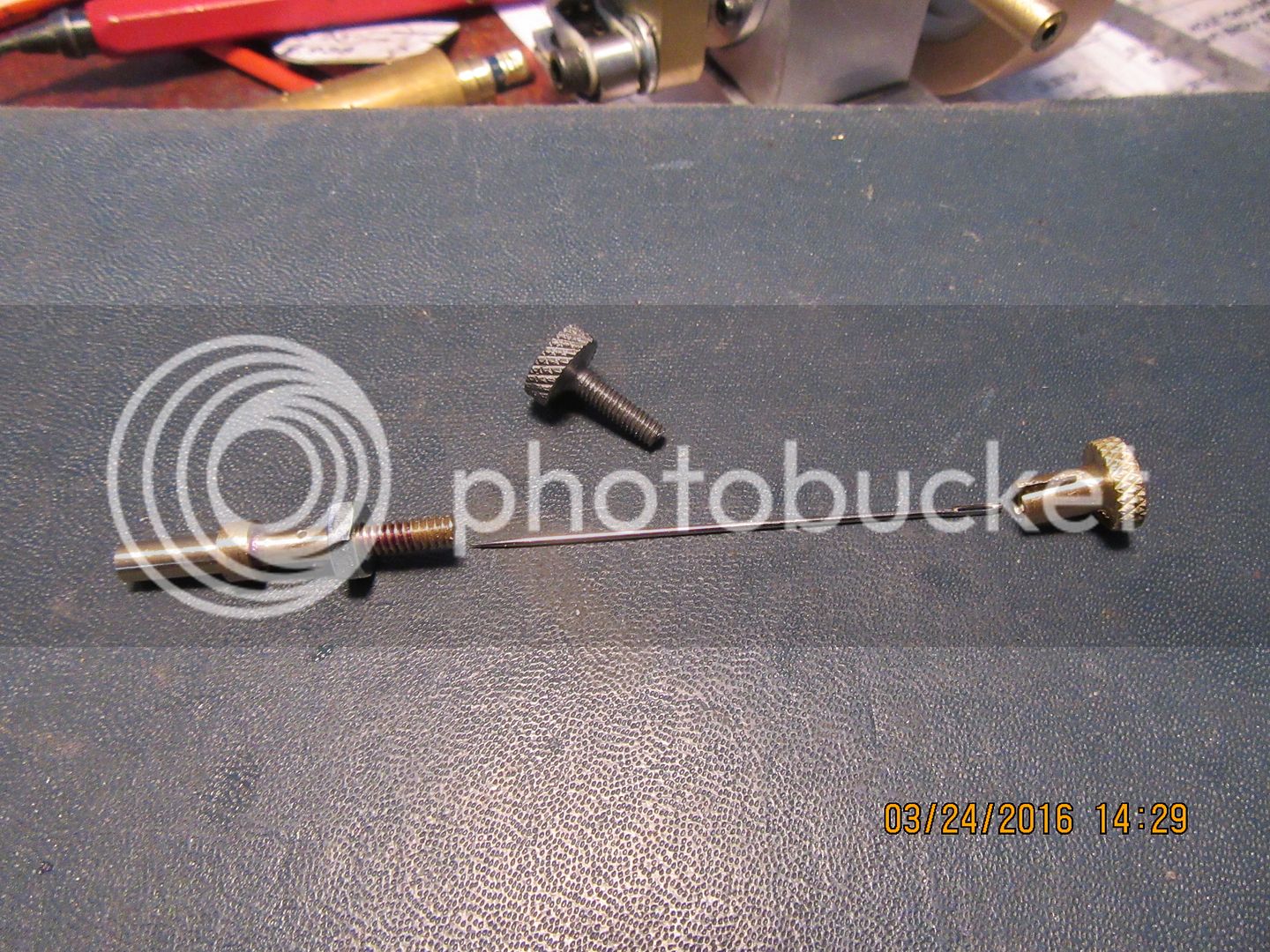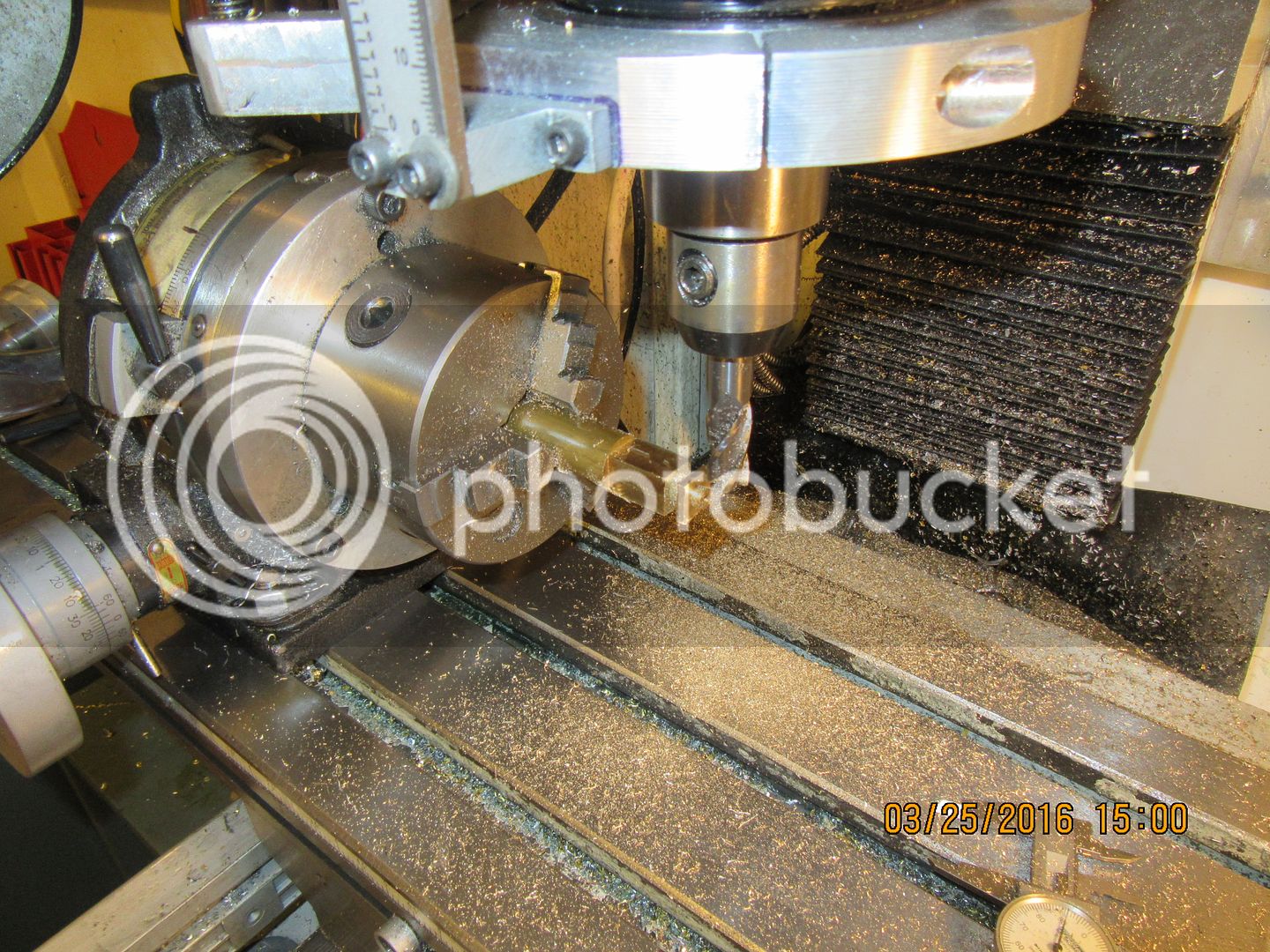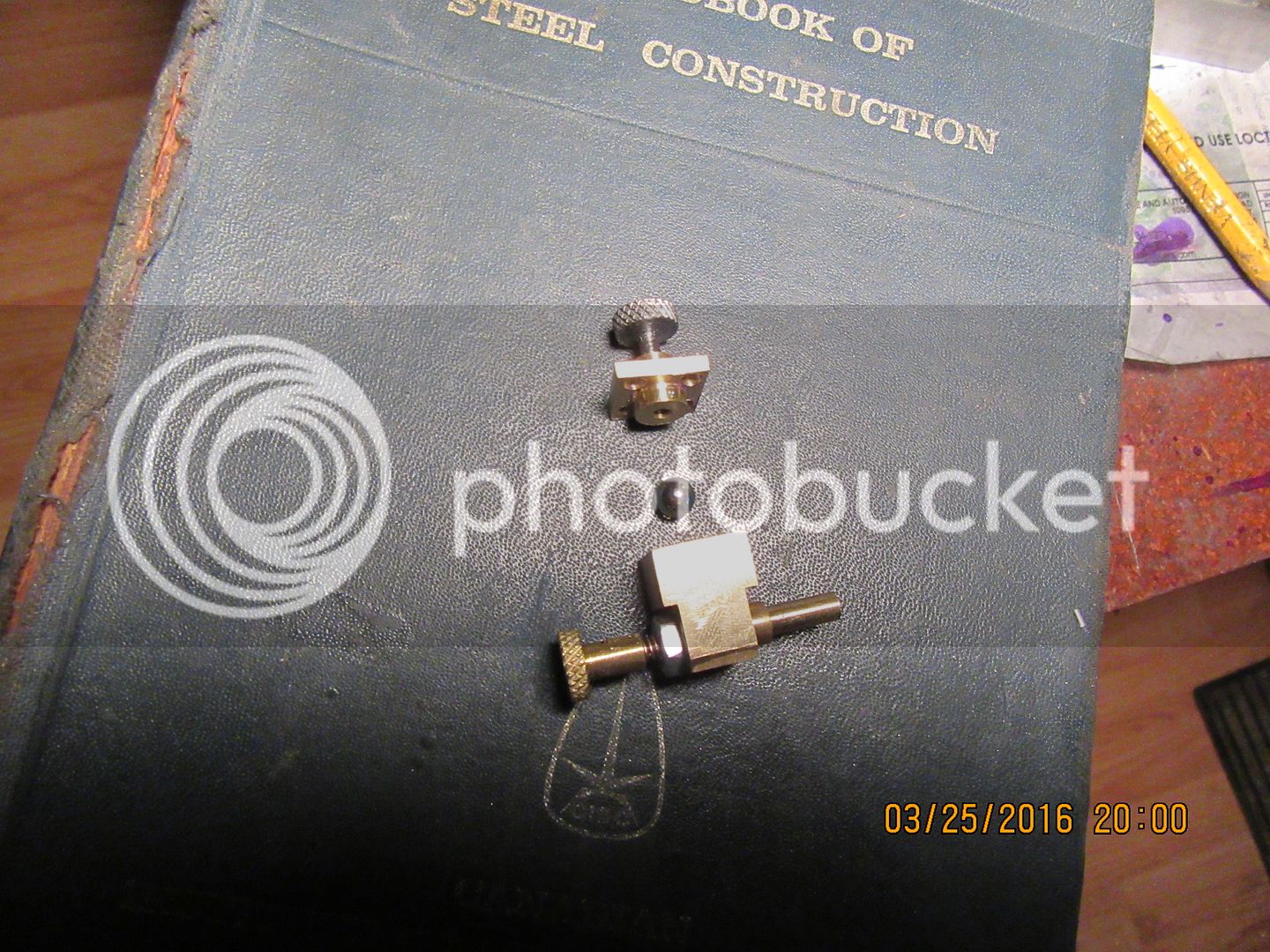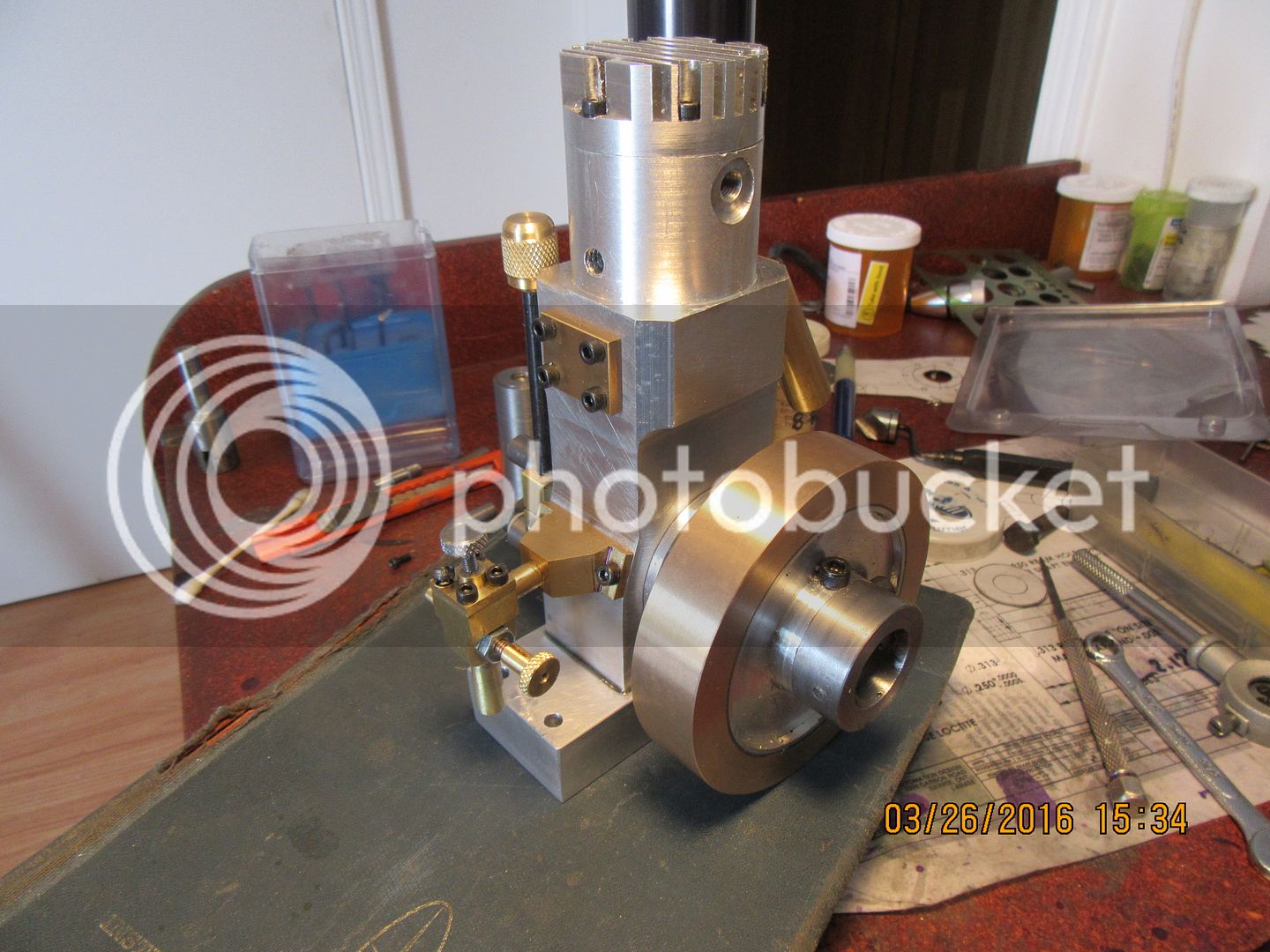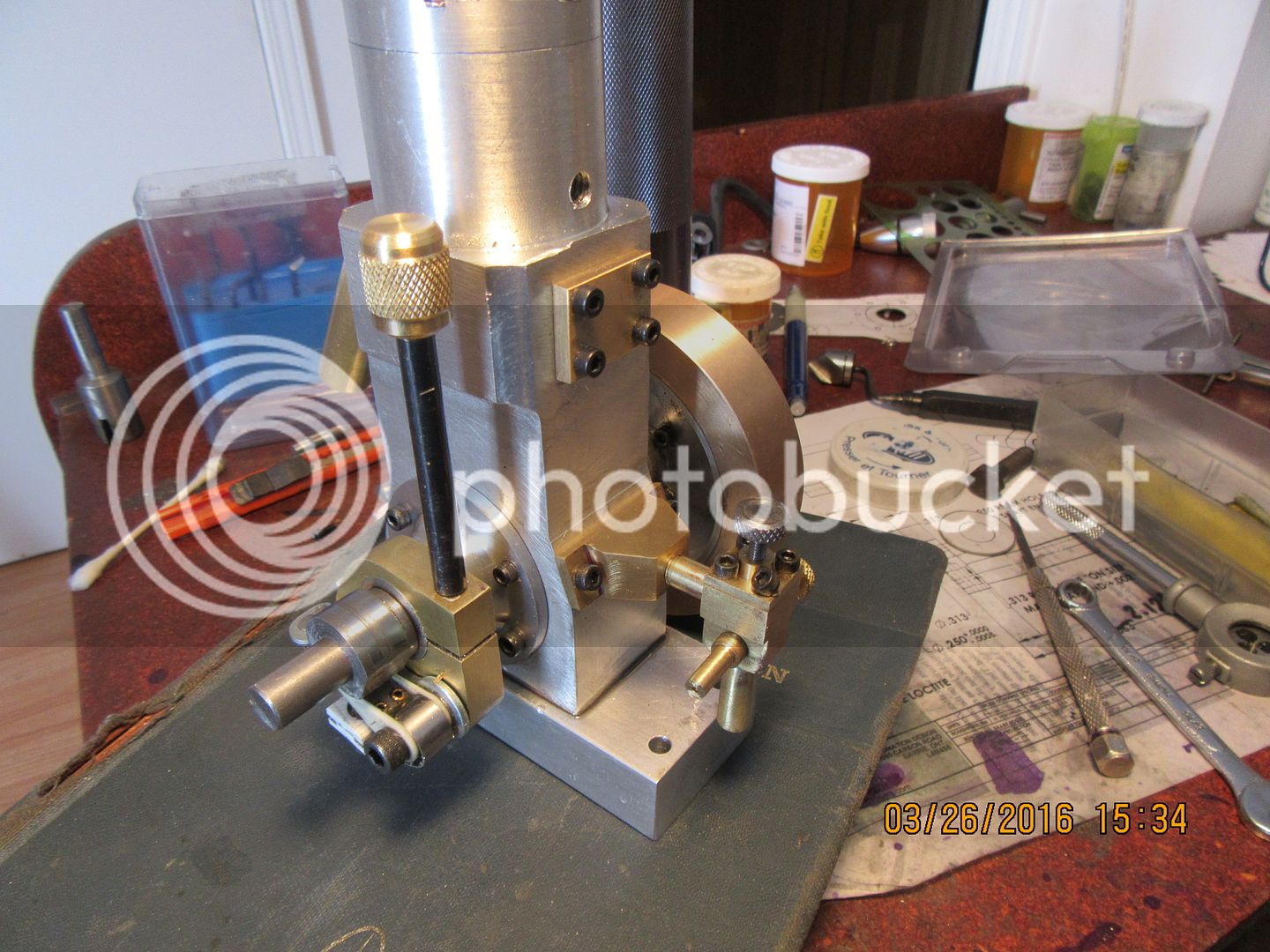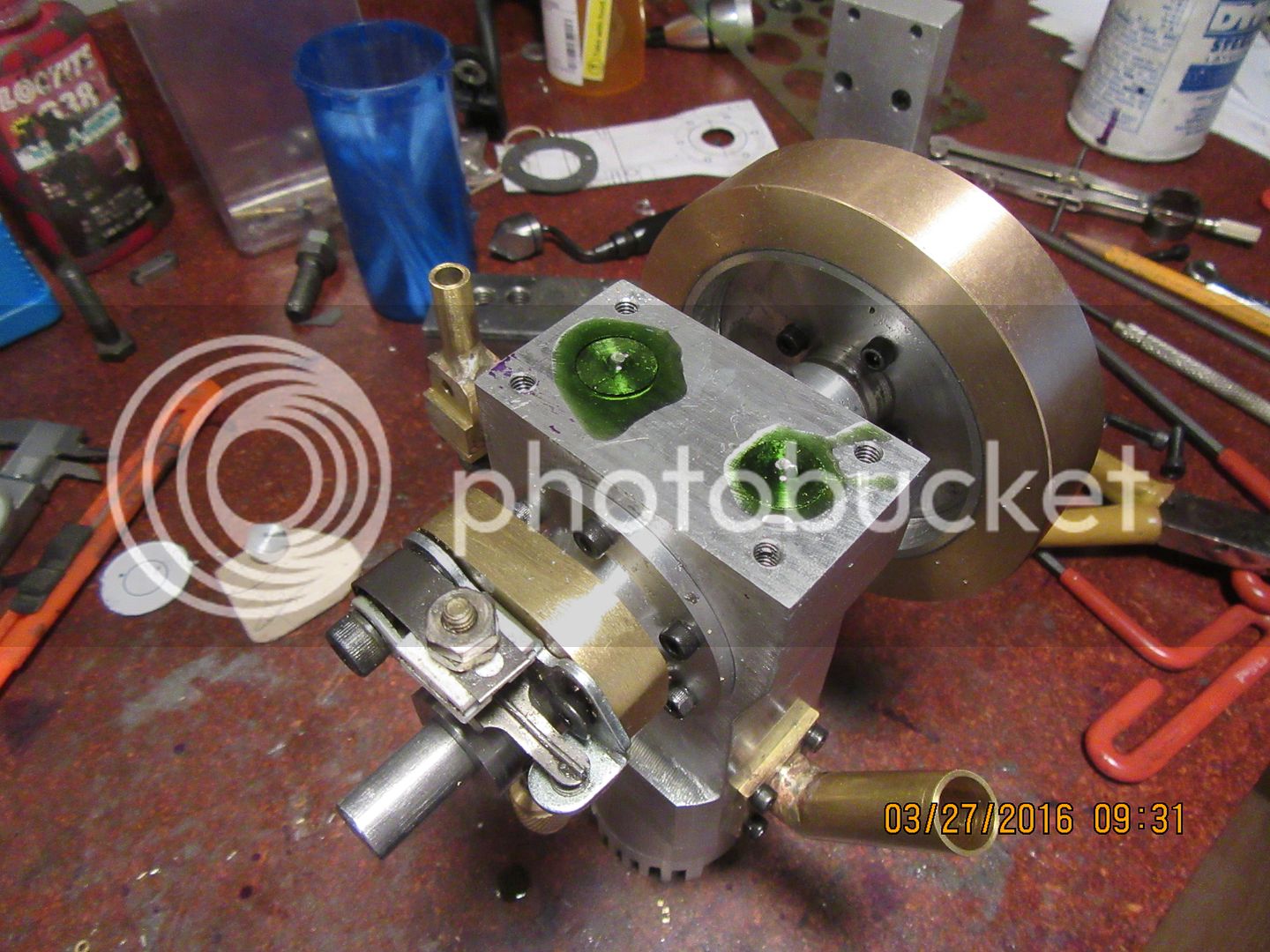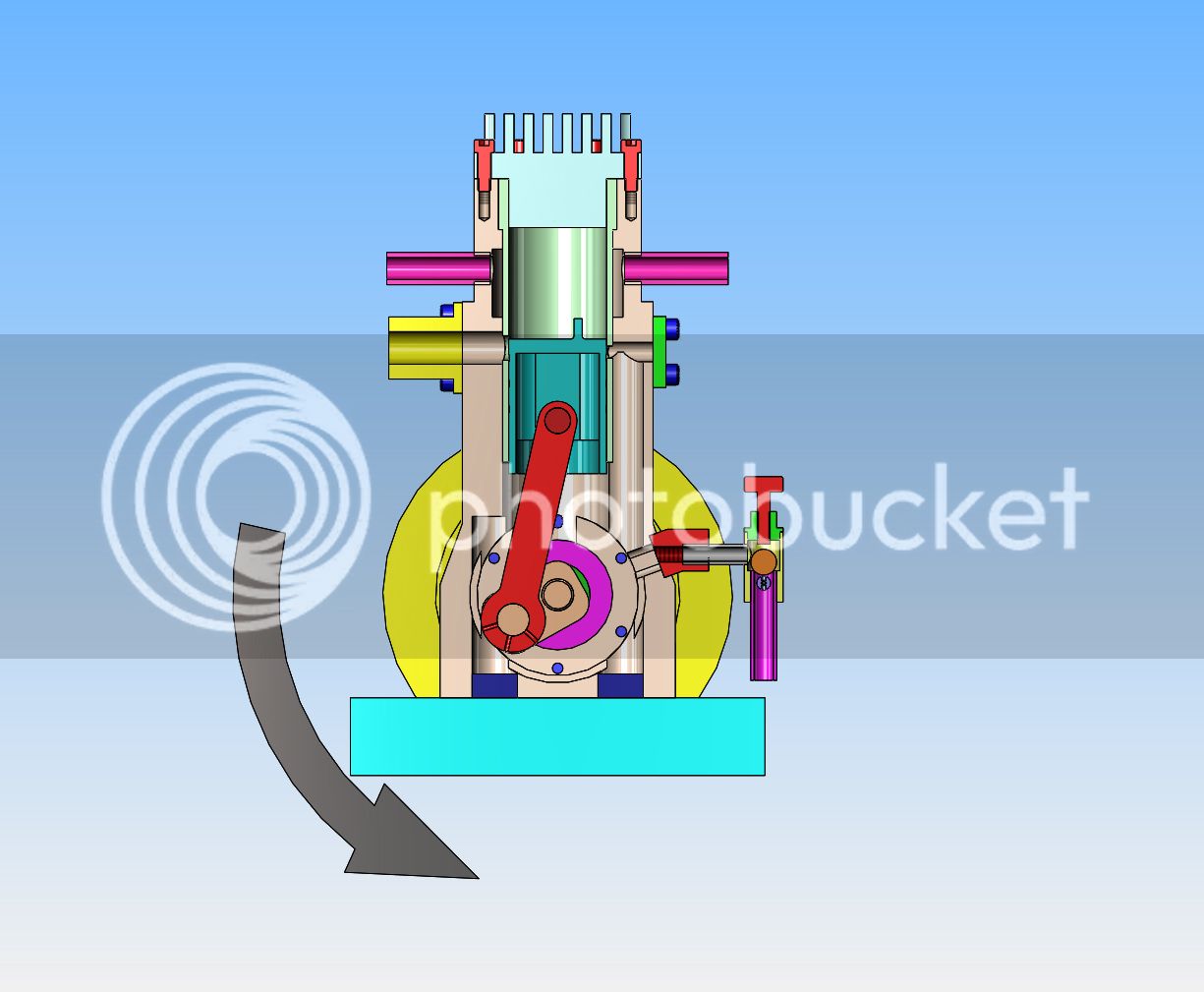The material you are using for the crankshaft would appear to be 'bright drawn' bar.* To my mind that has neither the accuracy nor the surface finish to use as-it-comes for a respectable crankshaft. At not much extra cost or difficulty of sourcing, you should be able to get 'precision ground' mild steel bar, which I would recommend as much more suitable.
* (You call it 'cold rolled' but I think that is actually something quite different, normally meaning strip rolled into sections for things like garage door rails, office partition framing, light gauge square tube and Armco. OTOH the may be some transatlantic terminological misunderstanding.)
* (You call it 'cold rolled' but I think that is actually something quite different, normally meaning strip rolled into sections for things like garage door rails, office partition framing, light gauge square tube and Armco. OTOH the may be some transatlantic terminological misunderstanding.)





